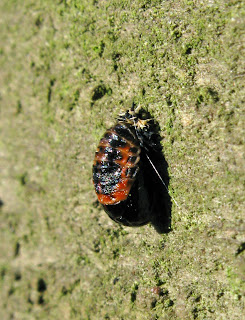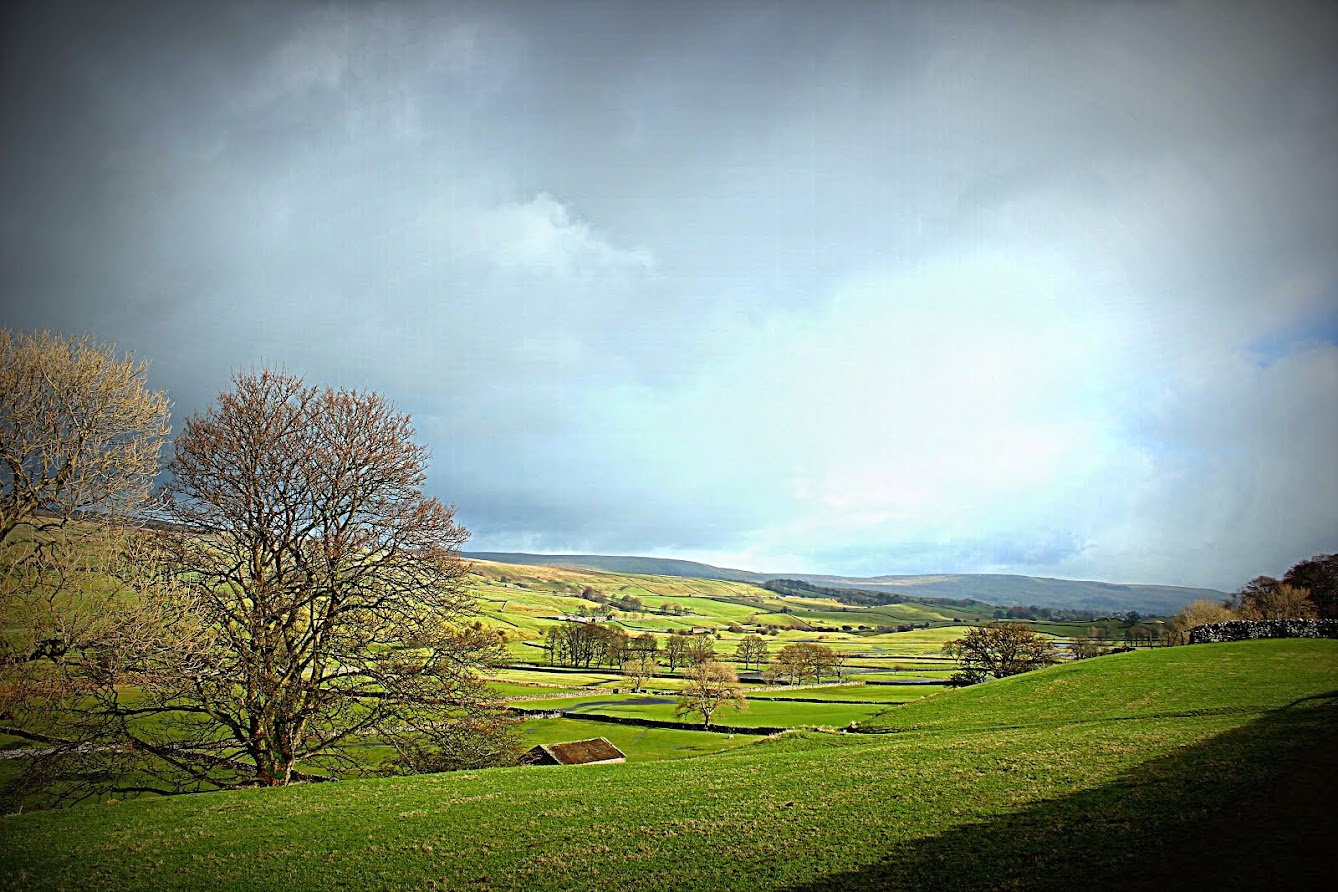A change of scenery today saw Chris and myself heading for the excellent Yorkshire Water reserve at Tophill Low.We chose this site as we always seem to have a great all round day when we visit and today was no exception.After arriving and paying for our day permits,a Grey Wagtail and a couple of Siskin flew overhead as we got our gear together and we then decided to began proceedings by looking on D-res.It was excellent light for searching through the good numbers of Wildfowl present with at least 100 Wigeon,an impressive 365 Tufted Duck,only 7 Pochard and 15 Goldeneye,my first of the autumn/winter period.In the D-res car park hide we found 2 Small Tortoiseshell and a single Peacock Butterfly hibernating,a nice sight to see.After walking down the side of D'res and into 'D' woods,it soon became apparent that there was some good numbers of small birds,with 2 Marsh Tit,1 Willow Tit and several Goldcrest and Treecreeper foraging together.Also in this area was a single Great-spotted Woodpecker,with his distinctive 'Tchick tchick' call.A look from North Marsh hide at first revealed what we usually see..nothing until an explosive,stuttering call revealed a female Cetti's Warbler which we got pretty good views of before she disappeared back into her scrubby marshland home,a nice surprise!.We had organised to meet local Mothers and fellow birders Martin and Doug to see what Moths they had trapped overnight and after looking through the traps,some pretty good numbers were revealed for the time of year and Chris and myself got a few new species to add to our personal lists.The species recorded included the lovely December Moth,Yellow-line Quaker,The Brick,The Chestnut,Large Wainscot representing the Macro families and from the Micro moths,two Caloptilia species,elongella and stigmatella and an Agonopterix alstromeriana.The three Micros were all new for me,as were the December Moths.I particularly liked the Caloptilia's,looking like they are on stilts when at rest,very smart!.Also noticed on one of the traps was a single Troilus luridus and on a nearby wall,the very distinctive Harvestman Dicranopalpus ramosus was seen.This species rests with its legs at right angles from its body,an unusual resting pose for this family of Phalangids.This species is a colonist from the Western Mediterranean and is gradually moving north through the country.After enjoying our insect diversion with the local lads,we then decided to do our usual routine of walking down to Hempholme Lock,then up to Watton Nature reserve.Highlights seen at the two areas included 5 Little Grebe on the River Hull at Hempholme and Kingfisher at Watton and good numbers of waterfowl here,but little else.The day ended with us joining the lads again to watch the gull roost,a real treat for us as we don't really get to see such impressive numbers of gulls but after much searching,we couldn't find anything of note apart from a leucistic Black-headed Gull and a hand full of Lesser black-backed Gulls.As we wandered back to the car park in the fore casted rain,the sound of the gathering Corvid roost was a superb sound to end another great visit to this great place.A big thanks to Chris for driving and to Martin and Doug for showing us the superb moths.
 |
| Harlequin Ladybirds. |
 |
| Harlequin Ladybird Pupa. |
 |
| December Moth. |
 |
| December Moth. |
 |
| Feathered Thorn. |
 |
| Feathered Thorn. |
 |
| Harvestman sp.Dicranopalpus ramosus. |
 |
| Shieldbug sp.Troilus Luridus. |
 |
| Noon Fly. |

No comments:
Post a Comment